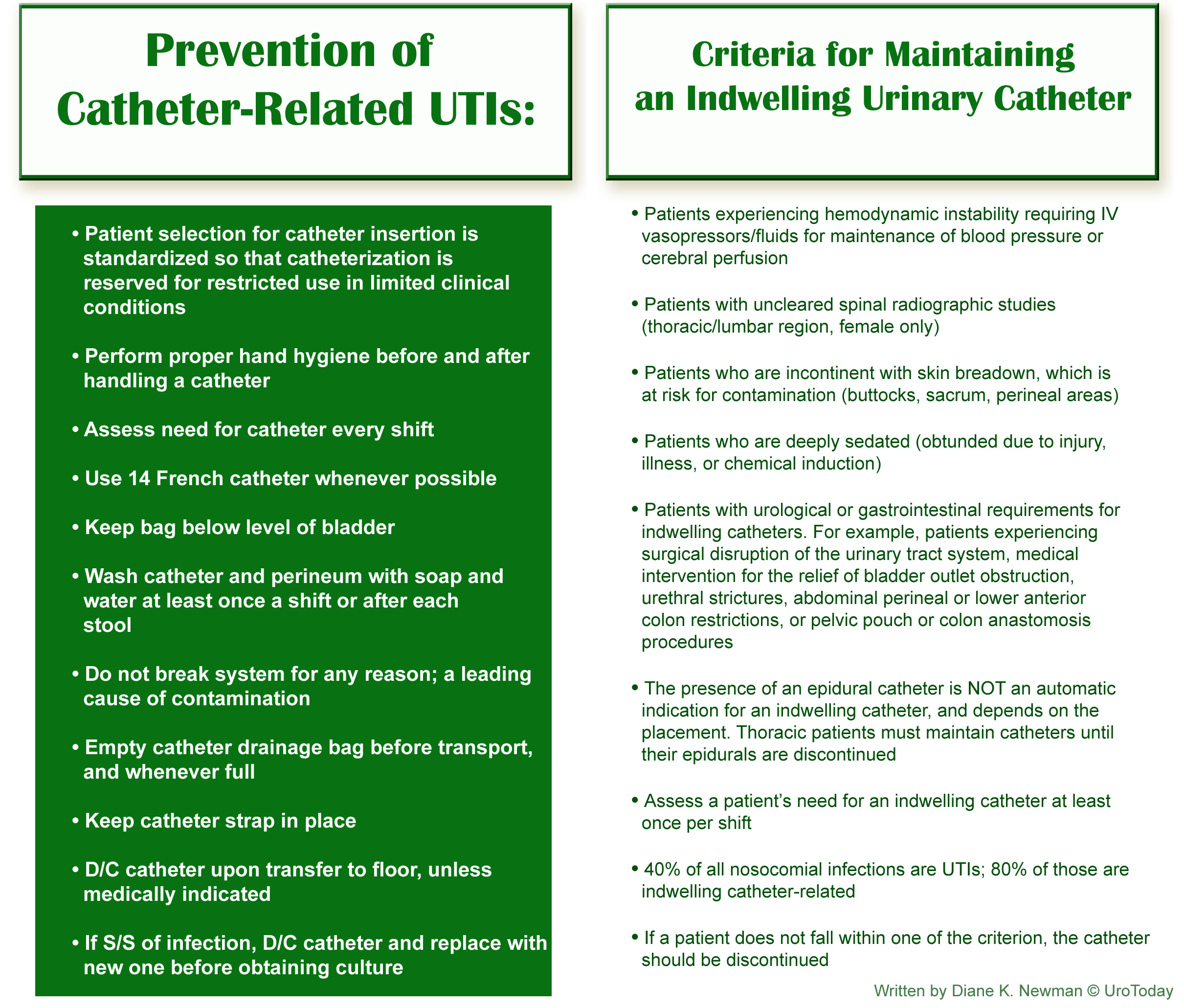Designing a protocol to reduce catheter-associated urinary tract infections among hospitalized patients - Abstract
Hospital-acquired urinary tract infections comprise 40% of hospital-acquired infections with over 80% of these hospital-acquired urinary tract infections associated with the use of urinary catheters. The process that was used to establish a new hospital protocol using the "IAIMS" (identifying, assessing, implementing, modifying/maintaining, spread/surveillance) model to reduce the incidence of catheter-associated urinary tract infections is described. The example is intended to serve as a framework for the development of protocols to address other hospital-acquired infections.





